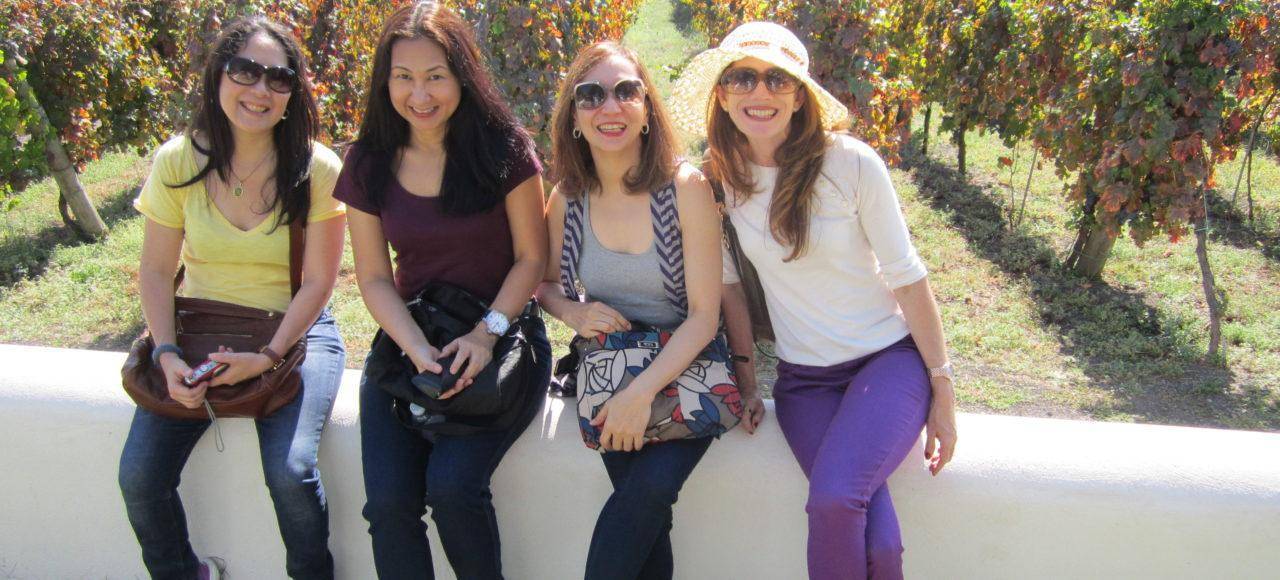
Driver will be holding a signboard with your name on it at one of the following location: Airports, Railway station, Ports and hotels and Accommodation
7:00 – 8:00 – 9:00 – 10 am
back at the meeting point or different spot where indicated
from Apr. 1 to Oct. 31 from 9 am to 9 pm
from Nov. 1 to Mar. 31 from 9 am to 5 pm
closing days, Dec. 25 – Jan. 1 – May 1
Your driver will be waiting for you holding a sign with your name on it. The spot where he will be waiting obviously changes according to the means of your arrival: at the end of the train platform if you arrive by train; at the pier by the booth if you come by ship; at the arrival section if you come by plane; right in front your Hotel/Accomodation if you are already staying in the city
For private tours are per vehicle , for shared tours are per person.
We suggest to take the Freccia Rossa “Bullet Train” from Rome Termini to Naples Centrale then we will pick you up directly from the Naples train station and finally at the end of the day tour the driver will take you back in Naples train station where you will catch the train to Rome.
no, entrance fees are not included. Pompeii entrance fees is 18 euros per person
Our vehicles are all smoke free.
we recommend using one of our private tour guides for the site of Pompeii.
We do not include gratuities in our service rates. Normally, a 10% tip is customary.
| Cookie | Duration | Description |
|---|---|---|
| cookielawinfo-checkbox-analytics | 11 months | Questo cookie è impostato da GDPR Cookie. Il cookie viene utilizzato per memorizzare il consenso dell'utente per i cookie nella categoria "Analisi". |
| cookielawinfo-checkbox-functional | 11 months | Il cookie è impostato dal GDPR cookie consenso per registrare il consenso dell'utente per i cookie nella categoria "Funzionali". |
| cookielawinfo-checkbox-necessary | 11 months | Questo cookie è impostato da GDPR Cookie. I cookie vengono utilizzati per memorizzare il consenso dell'utente per i cookie nella categoria "Necessari". |
| cookielawinfo-checkbox-others | 11 months | Questo cookie è impostato da GDPR Cookie. Il cookie viene utilizzato per memorizzare il consenso dell'utente per i cookie nella categoria "Altro. |
| cookielawinfo-checkbox-performance | 11 months | Questo cookie è impostato da GDPR Cookie. Il cookie viene utilizzato per memorizzare il consenso dell'utente per i cookie nella categoria "Prestazioni". |
| viewed_cookie_policy | 11 months | Il cookie è impostato dal plugin GDPR Cookie Consent e viene utilizzato per memorizzare se l'utente ha acconsentito o meno all'uso dei cookie. Non memorizza alcun dato personale. |